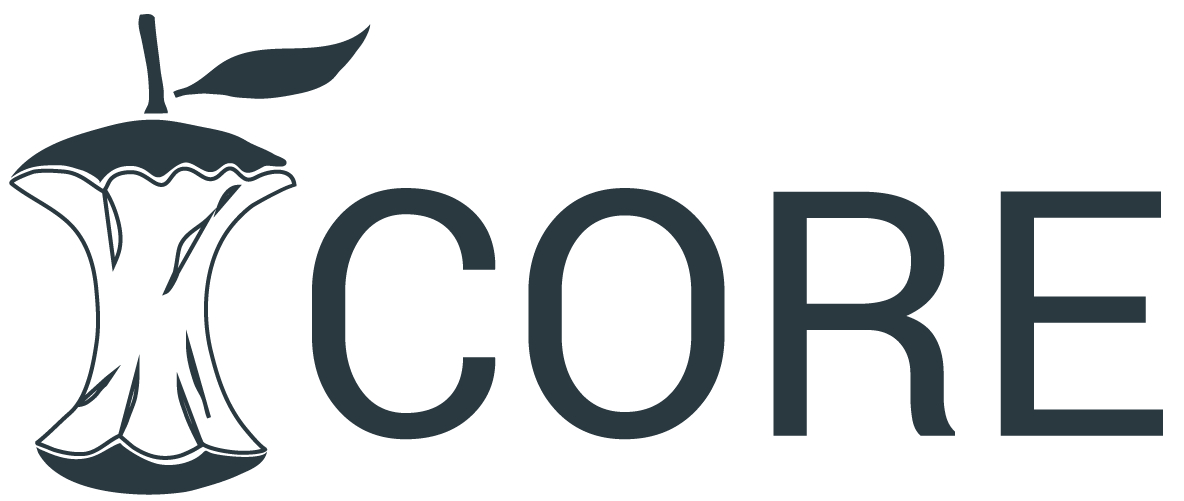
Manuscript format
- Manuscript Submission
- Submission Method: Manuscripts should be submitted electronically through the journal's online submission system. No physical/ emailed submissions will be accepted.
- File Format: Please submit your manuscript in Microsoft Word or LaTeX format. Make sure all text, figures, and tables are embedded within the document.
- Language: Manuscripts should be written in English. Authors whose first language is not English are encouraged to have their manuscript proofread and language edited prior to submission.
- Plagiarism: All manuscripts will be checked for plagiarism using industry-standard tools. Authors must ensure that their submission is original and properly cites any sources used.
- Manuscript Structure
Your manuscript should include the following sections, formatted as outlined:
- Title Page: (title page must be submitted separately from the anonymised manuscript)
- Title of the article (concise and descriptive)
- Full names and affiliations of all authors (including email addresses)
- Corresponding author designation
- Acknowledgments (if applicable)
- Declaration of conflict of interest. If none please insert the statement "The authors declare that they have no conflicts of interest."
- Abstract:
- A 250 word concise summary of the article, including the background, aims/objectives, methods, key findings, and conclusions.
- Avoid references in the abstract.
- Keywords:
- 4-6 relevant keywords that capture the essence of your study.
- Introduction:
- Clearly state the research problem, objectives, and the context of your study.
- Briefly review relevant literature to set the foundation for your study.
- Methods:
- Provide a detailed description of the research design, participants, data collection methods, and analysis techniques.
- Ensure transparency to allow replication of the study.
- Results/findings:
- Present the findings in a clear and structured manner, using tables and figures where appropriate.
- Interpret the data without over-explaining.
- Discussion:
- Analyse and interpret the findings in the context of previous research.
- Discuss the implications of your results for theory, practice, and future research.
- Acknowledge any limitations of the study.
- Propose recommendations for future research or practical applications.
- Conclusion:
- Summarise the main findings and their significance.
- References:
- Use APA (7th edition) style for citing references. Include only those that are directly cited in the manuscript.
- Ensure that all references are complete and correctly formatted.
- Figures and Tables:
- All figures and tables must be numbered consecutively and referred to in the text.
- Provide clear and concise titles and legends for each figure/table.
- High-quality images and charts should be submitted in separate files (JPEG, PNG, or TIFF).
- Formatting Requirements
- Text: Use 12-point Arial font for body, 14pt for section heading 16pt for main title, with 1.5-line spacing and 1-inch margins on all sides.
- Headings: Use bold font for headings and subheadings. Follow this format:
- Level 1 Heading: Centered, bold, title case
- Level 2 Heading: Left-aligned, bold, title case
- Level 3 Heading: Left-aligned, bold, sentence case
- Page Numbers: All pages should be numbered.
- Ethical Considerations
- Human and Animal Rights: If your study involves human participants or animals, you must provide confirmation that ethical approval was obtained from the appropriate ethics committee or institutional review board.
- Informed Consent: Authors should ensure that written informed consent was obtained from all participants (where applicable) and that confidentiality is maintained.
- Conflict of Interest: Authors are required to disclose any potential conflicts of interest, including financial, personal, or professional relationships that may influence the study.
- Acknowledgments
- You may acknowledge individuals or organisations that supported your research, including funding sources and institutions. The names of funders will be anonymised for peer-review and revealed when the paper is published.









